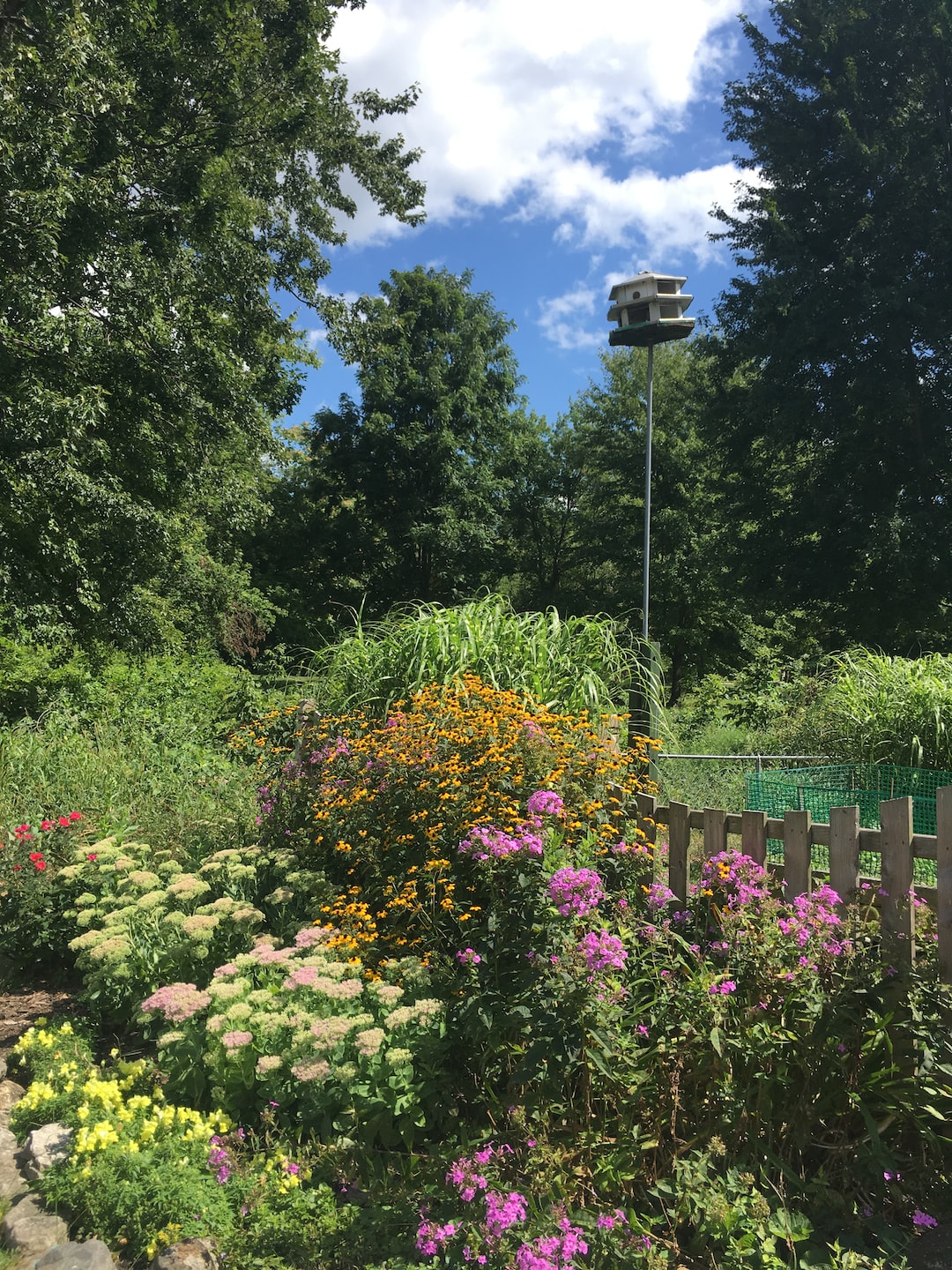5 Easy Steps to Transform Your Backyard into a Wildlife Haven
In today’s fast-paced and urbanized world, it’s becoming increasingly important to create spaces where wildlife can flourish. By transforming your backyard into a wildlife haven, you not only contribute to the preservation of biodiversity but also get to experience the joy of seeing various species visit your space. This blog post will walk you through five easy steps to transform your backyard into a haven for wildlife.
Step 1: Provide a Water Source
Water is an essential element for all living beings, including wildlife. By providing a water source, you’ll attract a wide variety of birds, insects, and other creatures to your backyard. The most common options are birdbaths and ponds. Birdbaths can be as simple as a shallow dish with clean, fresh water that is replenished regularly. Ponds, on the other hand, offer a more complex ecosystem and can be as small or large as you desire. They can be home to frogs, dragonflies, and even fish, depending on the size.
Step 2: Plant Native Species
Native plants are crucial for attracting local wildlife as they provide the necessary food and shelter they are accustomed to. Research native plant species that are suitable for your region and create a diverse landscape in your backyard. Include plants that bloom at different times of the year to provide a constant supply of nectar and pollen for bees and butterflies. Adding shrubs and trees will provide shelter and nesting sites for birds. As an added bonus, native plants are often low-maintenance and require less water and pesticides compared to non-native species.
Step 3: Create Shelter
Wildlife needs safe spaces to seek refuge from predators and harsh weather conditions. One way to provide shelter is by planting dense shrubs and hedges. These not only offer cover but also attract birds and insects. Another option is to install birdhouses and bat boxes. Different species of birds and bats have different preferences, so research which ones are found in your area and design accordingly. Providing nesting opportunities will greatly increase the chances of wildlife making your backyard their home.
Step 4: Incorporate Sustainable Practices
Creating a wildlife haven goes hand in hand with practicing sustainability. Reduce or eliminate the use of chemical pesticides and fertilizers, as these can harm wildlife directly or indirectly. Instead, opt for natural alternatives or integrated pest management techniques. Also, reduce water consumption by using drought-tolerant plants and collecting rainwater for your garden. Minimize waste by composting organic materials and reusing or repurposing items in your backyard. These sustainable practices will not only benefit wildlife but also contribute to a healthier environment overall.
Step 5: Maintain and Observe
Once you have transformed your backyard into a wildlife haven, it’s important to maintain and observe the space. Regularly prune and remove invasive species to ensure the native plants thrive. Keep birdbaths and ponds clean and free from debris to prevent the spread of diseases. Additionally, take the time to observe and learn from the wildlife that visits your yard. Get a binocular or a camera and document the species you spot. This will not only be a rewarding experience for you but also contribute to citizen science efforts to monitor wildlife populations.
In conclusion, transforming your backyard into a wildlife haven is a rewarding way to connect with nature and contribute to the well-being of ecosystems. By providing a water source, planting native species, creating shelter, incorporating sustainable practices, and maintaining your space, you can attract a wide variety of wildlife to your backyard. So, roll up your sleeves and get started on this exciting journey of creating your own wildlife haven!
